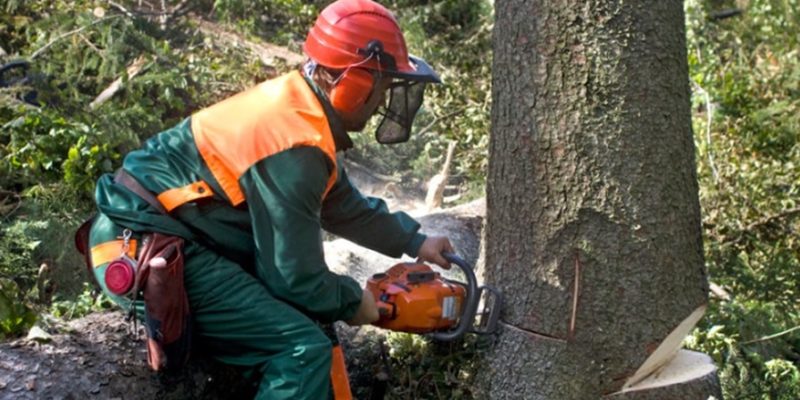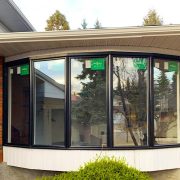When beginning a new construction project, one of the first and most critical steps often involves addressing the existing landscape. Trees, while beautiful and environmentally beneficial, can sometimes become a barrier to building progress. In many cases, tree removal in Milton is necessary to create space for foundations, utilities, and other essential infrastructure. Understanding when and why tree removal becomes a requirement can save time, reduce complications, and ensure smoother development.
Understanding the Role of Tree Removal in Construction
Before laying the first brick or pouring concrete, it’s essential to evaluate the build site. Trees may be located in the path of driveways, homes, or other planned structures. In addition to taking up space, large tree roots can interfere with underground utilities and destabilize foundations if left unchecked.
Many municipalities enforce regulations regarding tree removal, especially when it concerns older or protected species. Builders must be aware of essential tree removal laws and avoid delays and fines. These laws often dictate the process for acquiring permits, acceptable reasons for removal, and requirements for replanting. Failing to comply can lead to serious project disruptions and increased costs.
Construction Impact and Safety Considerations
Removing trees isn’t just about making room—it’s also about ensuring safety. Trees that are too close to construction sites may pose risks of falling limbs, root interference, or structural hazards during storms. In high-wind areas or after heavy rains, these risks can become more pronounced.
Additionally, heavy construction equipment and excavation can damage nearby tree roots, compromising their health and stability. By proactively removing problematic trees, builders avoid long-term maintenance issues or potential dangers to property and occupants.
Environmental and Aesthetic Factors in Tree Removal
Tree removal can also serve broader goals in landscaping and aesthetics. While the initial purpose may be construction-related, clearing trees can improve the overall look and functionality of the property. For example, removing overgrown or invasive species opens up opportunities to plant new, well-placed vegetation that aligns with the site’s design plan. Over time, this can increase curb appeal and property value.
Professionals understand the advantages of tree removal for landscaping and aesthetics and how strategic clearing enhances both beauty and usability. The goal isn’t to eliminate all trees but to carefully remove those that conflict with construction plans or future design visions.
Why Hiring Professionals Is Essential
Tree removal during construction requires a specialized approach that accounts for safety, compliance, and precision. Certified arborists and removal experts have the tools and training to handle everything from permit acquisition to complex removals near buildings and power lines. They can also help assess which trees are healthy and worth preserving.
Attempting tree removal without professional help can result in costly mistakes, legal troubles, and serious injury. Professionals ensure that trees are removed efficiently, with minimal disruption to the surrounding environment and neighborhood.
Conclusion
Tree removal becomes a necessary part of many new construction projects, particularly when trees stand in the way of development, compromise safety, or fail to align with the design vision. For those planning a project in Georgia, understanding local laws, assessing risk, and working with experts is key to success. Whether clearing the way for a new home or reshaping the landscape, thoughtful, professional tree removal is an investment in the long-term success of the project.














Comments